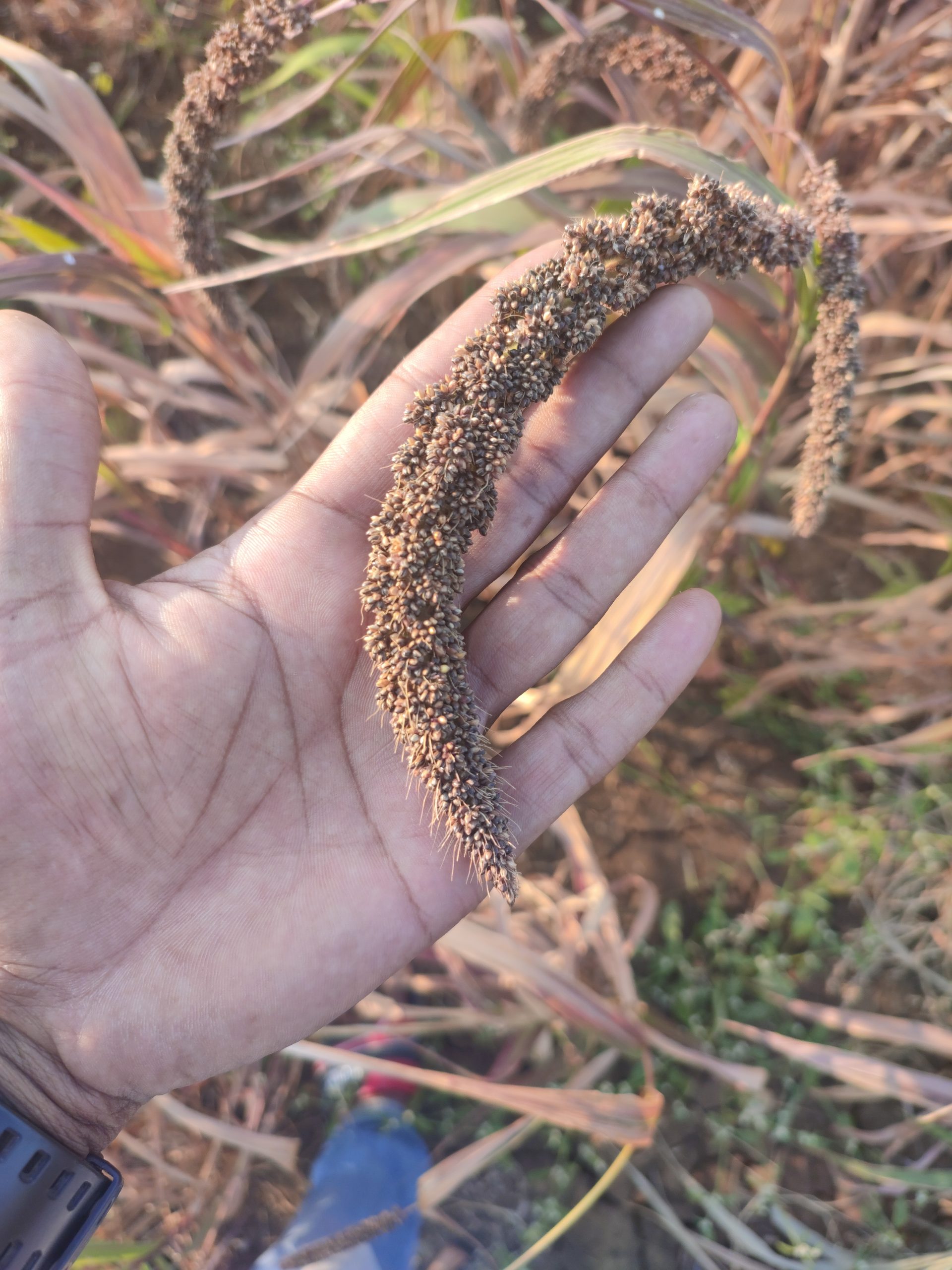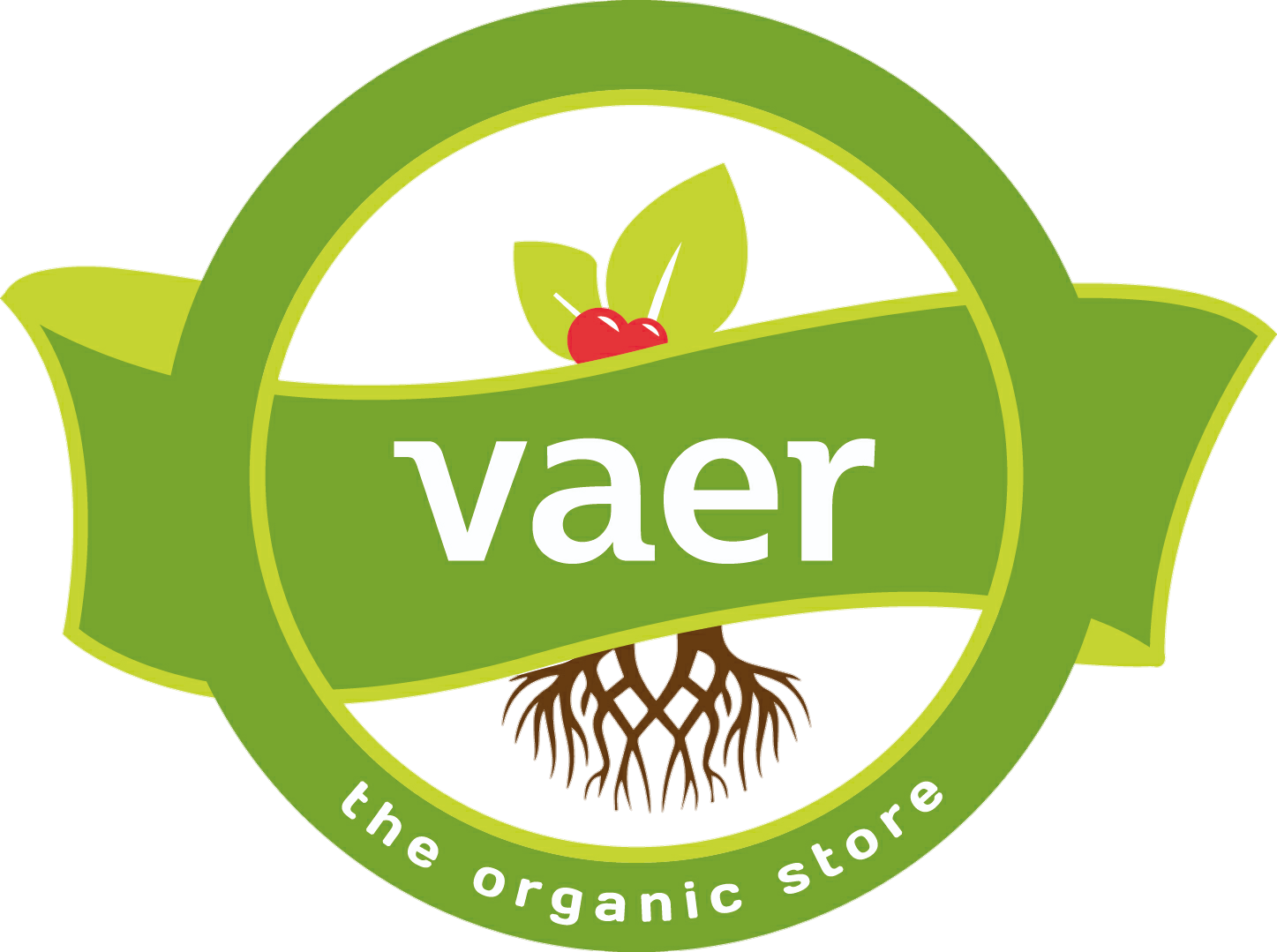Farm Visit To North Karnataka

It was time to travel again, to look for sources and re-visit our organic farmers as part of due diligence, and also to learn more while we are at it. Farmers are always thrilled and very hospitable whenever we visit them. On this visit, Representatives of four organic stores from Tamil Nadu had gone.

This time we visited a few districts in North Karnataka including Belgaum (now known as Belagavi). Belgaum district is very popular for its SugarcaneJaggery. They also process the sugarcane juice to make Liquid Jaggery in the consistency of Honey, which can be used by Vegans as an alternative to honey. Of course, it can also be used in various other ways. Coming back to our journey, we reached Hubbali at around 1.15 PM and had our lunch at Kamat restaurant (you’ll see many Kamat’s in KA and not necessarily part of a chain). We then headed to Timmapur, KA to visit a millet processing unit (image attached). It is a solar-powered millet processing unit set up at Timmapur, courtesy; of ICAR-IIMR, SwissAid, Selco Foundation & FIBL. Millets are grown widely in this region, and they bring them to this center to be hulled and graded as millets, rava, and flour. We also visited a large 2.5-acre green field of only brown top millet crops waiting for the flowers and mature enough to harvest in 90 days.

Our Vaer Organic has never sold brown top millet (which does not have a Tamil equivalent, or at least we are not able to find out). We are excited to carry this millet in our organic online store now.
We stopped by a model farm (comprising 100+ crops of small quality in less than an acre) to preserve seeds and study the viability of these crops. The local leader, who is interested in millet and organic farms, had given his land for the trial without charging them. And of course, he posed for a few pictures with our group. From there we headed to visit a farm inside the buffer zone of a reserve and also halt for the night. It was a 12-acre paddy field inside the reserve, maintained by one family comprising of 200 members who’ve lived there for more than three generations. We even saw a large mud house that housed 100 people in that single house for 50 years up until 1997 after which the younger generations started building homes around it.

It was a great experience staying inside a reserve not allowed for public access. We reached late in the evening after 9.30 pm, after which they cooked dinner for us. One of the most sumptuous meals we’ve had in a long time. We all slept like babies after a long day. Woke up the next morning to see the real beauty of the place as we’d arrived when it was pitch dark. Words cannot describe the feeling, we all were in a state of bliss. We left after having a great breakfast (puri’s made out of cooked rice – a thing of beauty). Headed straight to Bailhongal to see a few farmers who were growing Jowar, Black Chana, Wheat, MasoorDal, etc until sunset and then headed to the farmer’s house which was aggregating the produce from all the other farmers.

The next day morning we visited his farm, which was initially started by his forefather and later taken over by his father who is an award-winning natural farmer, who also helped other farmers grow a more desi local variety of crops and grow them chemical-free. With his farm as the model farm, he was able to convince us that it’s possible to reduce input costs and increase revenue by doing chemical-free farming.
We left that afternoon to catch our train back to Chennai. Overall, another beautiful and knowledge-gaining visit. The year 2023 has been declared by the United Nations as the International Year of the Millet, following a proposal by India, which wants to position itself as a global hub for millet. We were fortunate to have visited so many farms producing millets and learn more about them by interacting closely with those who nurture them.

